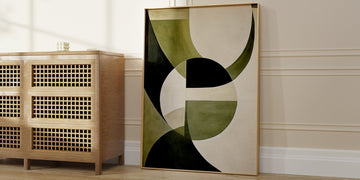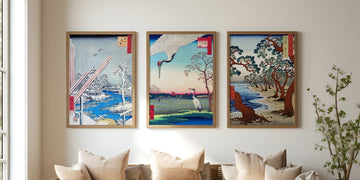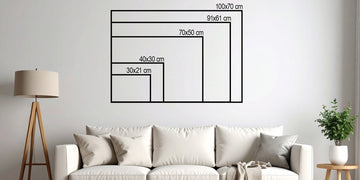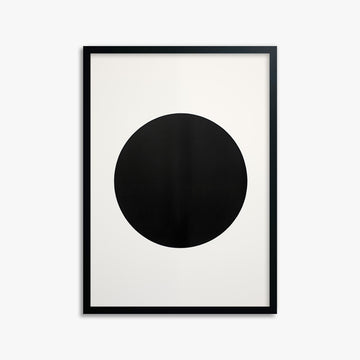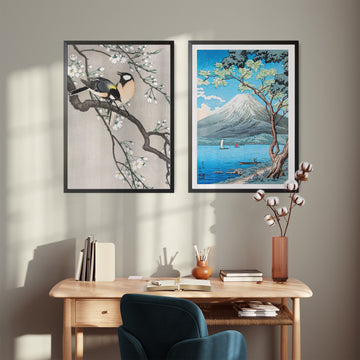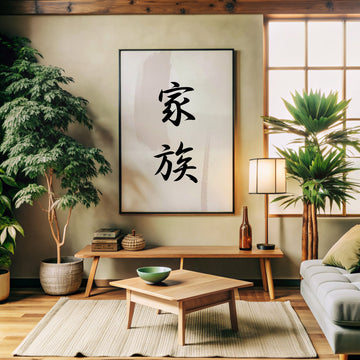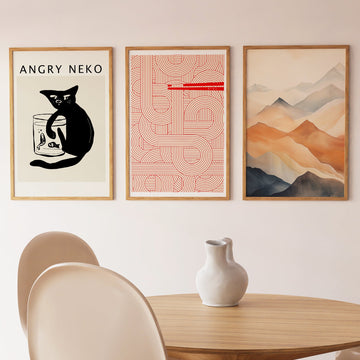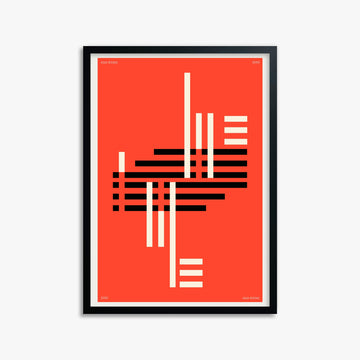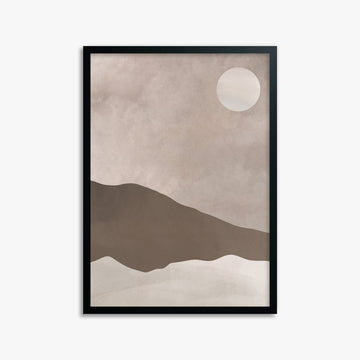Ever walked into a room and immediately felt... something? Maybe it was that cozy coffee shop that made you want to stay for hours, or your friend's apartment that somehow felt like a chaotic fever dream. Plot twist: it wasn't just the vibe - it was the colors doing their sneaky psychological magic on your brain.
Your home's color palette isn't just about looking Instagram-worthy (though let's be real, that doesn't hurt). The colors surrounding you every day are quietly influencing your mood, productivity, and overall well-being in ways you probably never realized.
Wait, do colors actually affect how I feel?
Short answer: absolutely. Your brain is basically a color-processing machine that never takes a break. Every hue you see triggers specific psychological and physiological responses, whether you're consciously aware of it or not.

Photo by Harry Quan
Here's what's happening behind the scenes:
- Red increases heart rate and can boost energy (but also stress)
- Blue promotes calm and focus but can feel cold in excess
- Green reduces eye strain and promotes balance - nature's perfect middle ground
- Yellow stimulates creativity and happiness but can cause anxiety in large doses
- Neutral tones like beige, cream, and soft grays create a peaceful foundation
Think of colors as the soundtrack to your daily life. You wouldn't blast heavy metal while trying to meditate, right? Same logic applies to your living space.
How do colors impact my daily productivity?
Your home office corner (or kitchen table workspace - we see you, remote workers) is basically command central for your productivity. The wrong colors can sabotage your focus faster than a notification from your ex.
Colors that boost productivity
-
Soft blues and greens - These keep you calm and focused without being boring
-
Warm whites and creams - Clean and energizing without being stark
-
Muted earth tones - Grounding colors that help you feel stable and centered

Photo by Oleg Gapeenko
Colors that kill productivity
-
Bright red - Great for a gym, terrible for deep work
-
Vibrant orange - Overstimulating for extended periods
-
Dark, heavy colors - Can make you feel sluggish and unmotivated
Pro tip: If you're stuck with a less-than-ideal color scheme, strategic artwork and textiles can totally transform your space without breaking the bank or your lease agreement.
Can my bedroom colors actually improve my sleep?
Your bedroom is basically your personal reset button, and the colors you choose can either help or hinder that crucial 7-9 hours of shut-eye. Spoiler alert: your neon green accent wall might be why you're tossing and turning.
Sleep-promoting colors
- Soft blues - Naturally lower heart rate and blood pressure
- Gentle greens - Promote relaxation and reduce anxiety
- Warm neutrals - Create a cozy, cocoon-like atmosphere
- Muted lavenders - Calming without being too stimulating
Misty Pines Serenity - You can purchase this and many other beautiful, calming posters at our webshop
Sleep-disrupting colors
- Bright reds - Too stimulating for wind-down time
- Vibrant yellows - Can keep your brain in "daytime mode"
- Stark whites - Might feel too clinical and cold
If you prefer bright and vibrant colors, we also offer a variety of cool posters, like this, called Tokyo Neon. We recommend these for spaces, where being active is the main focus.
Every room has its own function. In the case of the bedroom the goal is creating a space that whispers "time to chill" rather than shouting "let's party!"
What about colors and my mental health?
Your mental health and your environment are more connected than you might think. The colors around you can either support your emotional well-being or work against it - kind of like that friend who either lifts you up or drains your energy.
Mood-boosting color strategies
-
Add natural greens through plants or artwork to reduce stress
-
Incorporate warm, earthy tones for a sense of stability and grounding
-
Use soft, muted colors to create a peaceful sanctuary
-
Include small pops of your favorite colors for personality and joy

Discover our collections combining warm earth tones and Scandinavian tranquility: Landskap - Scandinavian Landscape | Scandi Vibes
Red flags to avoid
-
All-dark color schemes that can feel oppressive
-
Overly bright, chaotic combinations that create visual stress
-
Colors that remind you of negative experiences (we all have that one shade)
How do I choose the right colors for my space?
Choosing colors doesn't have to feel like rocket science, but it does require some honest self-reflection about how you want to feel in your space.
Start with these questions
- What's the primary function of this room?
- How do I want to feel when I'm here?
- What colors make me feel calm and happy?
- What's the natural light situation?

The Japandi approach to color
- Stick to a neutral base - Think warm whites, soft beiges, and gentle grays
- Add natural wood tones for warmth and texture
- Include muted greens through plants or artwork
- Keep accent colors minimal - One or two max
- Focus on harmony over contrast - Everything should feel cohesive
What's the easiest way to test new colors?
Nobody wants to paint their entire living room only to realize it looks like a children's hospital. Here's how to test drive colors without commitment issues:
Low-risk testing methods
- Paint large poster boards and move them around the room
- Use removable wall decals in different colors
- Add colorful textiles like pillows, throws, and artwork
- Try temporary wallpaper for accent walls
- Observe the colors at different times of day - morning light hits different than evening
Questions to ask during your test
- How does this color make me feel first thing in the morning?
- Does it feel energizing or draining after a long day?
- Do I still like it after looking at it for a week?
The bottom line: Your Space, Your Rules
Your home should be your personal sanctuary, not a source of stress or negative energy. The colors you choose are working 24/7 to influence your mood, productivity, and overall well-being—so why not make them work in your favor?
Remember, there's no "perfect" color palette that works for everyone. The best colors for your space are the ones that make YOU feel good, support your lifestyle, and create the atmosphere you want to live in every day.
Start small, experiment with what feels right, and don't be afraid to evolve your color choices as your needs change. After all, your home should grow with you—and that includes the colors on your walls.





